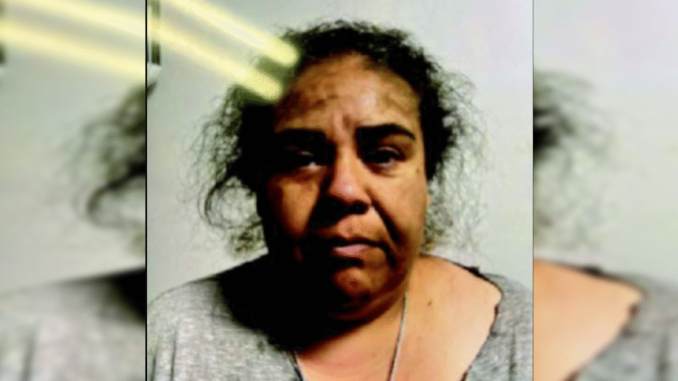
Yuriana Julia Pelaez Calderon/Image: Customs and Border Patrol.
| Published July 18, 2025
‘The real cost of a fraud like this is the amount of fentanyl not seized, child predators not removed,’ DHS official says
In a case that has shaken public trust and exposed the dangers of viral misinformation, a 41-year-old undocumented woman from Los Angeles is facing federal charges after allegedly faking her own abduction by ICE agents. Yuriana Julia Pelaez Calderon claimed she was forcibly taken by masked men in a fast-food parking lot, driven to the border, and forced to self-deport. Her story quickly made headlines, triggered a GoFundMe campaign, and even drew support from local leaders—including Los Angeles Mayor Karen Bass.
But according to the Department of Justice, it was all a lie.
Federal investigators say Calderon staged the entire event in an elaborate ploy to solicit donations, incite outrage against immigration authorities, and portray herself as a victim of federal overreach. As evidence unraveled her story—from surveillance footage to GPS records—Calderon went from sympathetic figure to the face of a brazen fraud that’s now sparking calls for accountability across law enforcement, media, and city leadership.
This is the story of how one woman’s lie briefly fueled a national firestorm—and what happens when outrage outpaces the truth.
🕵️♀️ What the Coverage Reveals
-
The Hoax Unveiled
Calderon, a 41-year-old undocumented mother from South Los Angeles, claimed she was abducted in a Jack in the Box parking lot on June 25, allegedly by masked men and ICE agents who forced her to self‑deport at San Ysidro. A June 30 press conference by her family amplified the narrative and prompted a GoFundMe campaign asking for $4,500. -
Federal Investigation & Evidence
Homeland Security Investigations (HSI) and the DOJ found that surveillance footage and phone records contradicted this story. Calderon was located unharmed in a Bakersfield shopping plaza on July 5—and evidence suggested she staged photos to simulate abuse. -
Charges Filed
On July 17, federal authorities charged her with conspiracy and making false statements, each punishable by up to five years’ imprisonment. Prosecutors described the case as a “well‑orchestrated conspiracy” to solicit sympathy and funds while smearing ICE agents. -
Official Response
DHS denounced the hoax, highlighting that it wasted critical resources—such as seizing fentanyl, rescuing trafficking victims, and arresting predators—and fueled distrust toward immigration enforcement. -
Political Fallout
In early July, Los Angeles Mayor Karen Bass posted Calderon’s story, citing fear and a lack of due process; once the hoax was revealed, she faced criticism for amplifying false claims.
🎯 Key Takeaways
-
It was a staged scheme, not an actual ICE operation.
-
Prosecutors call it well‑orchestrated, with potential prison terms up to 10 years in total.
-
Politicians and media are being called out for fueling panic without verification.
-
Legal consequences loom, with Calderon scheduled for her first court appearance soon.
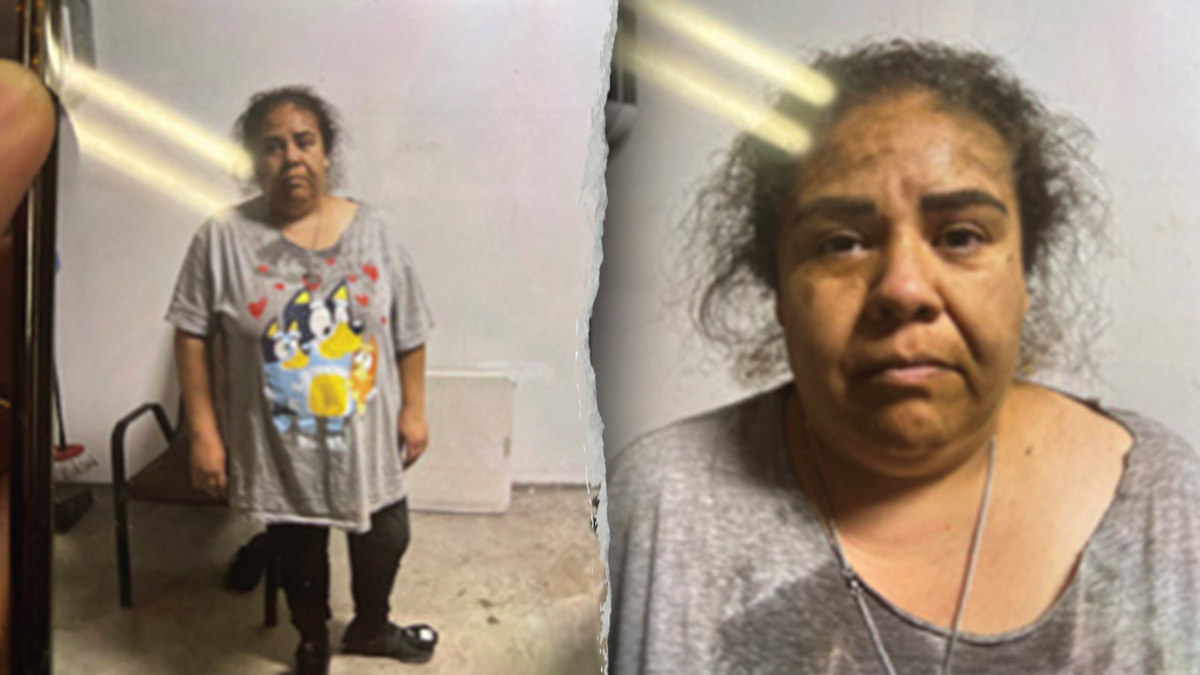
According to an affidavit filed in a criminal complaint against Mexican illegal Yuriana Julia Pelaez Calderon, an HSI investigator determined these photos provided to investigators were likely “created to make it appear as if Calderon was in custody and that she had been mistreated while there.” (US Department of Justice)
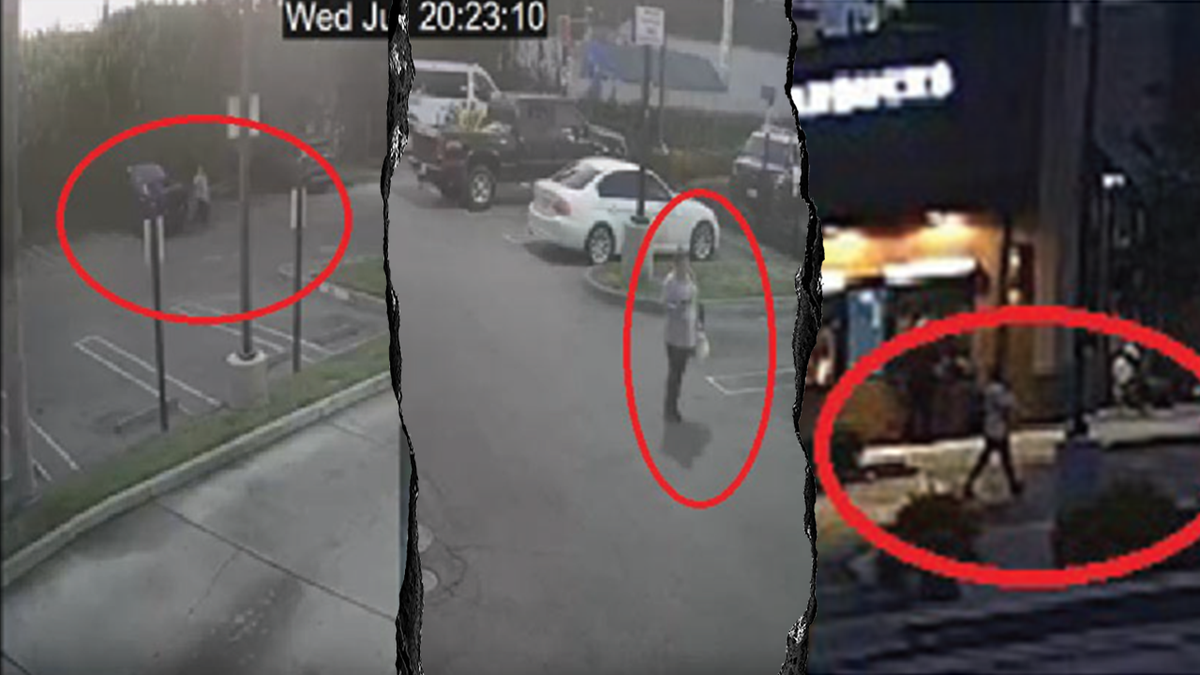
According to an affidavit included in a criminal complaint against Calderon, an HSI investigator reviewed surveillance footage that showed her “walking towards a parked silver Nissan sedan. Calderon placed the bag she was carrying in the back seat of the Nissan, then opened the passenger car door and got into the car. I have watched this video, and Calderon is again walking at a normal pace, and does not appear to be in any distress.” (US Department of Justice)
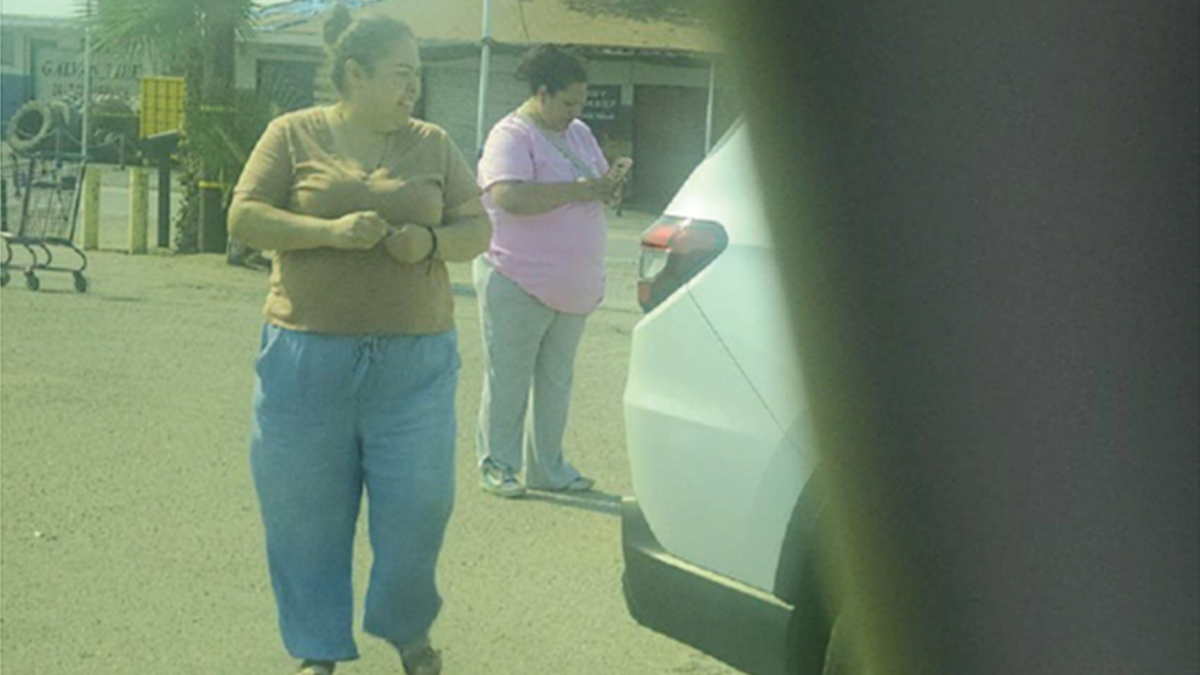
According to an affidavit included in the criminal complaint against Calderon, this photo, which the affidavit says appears to show Calderon on the left, was taken at approximately 4:40 p.m. at the Bakersfield, California, shopping mall while she was supposedly missing, leading investigators to suspect the kidnapping was a hoax. (Justice Department)
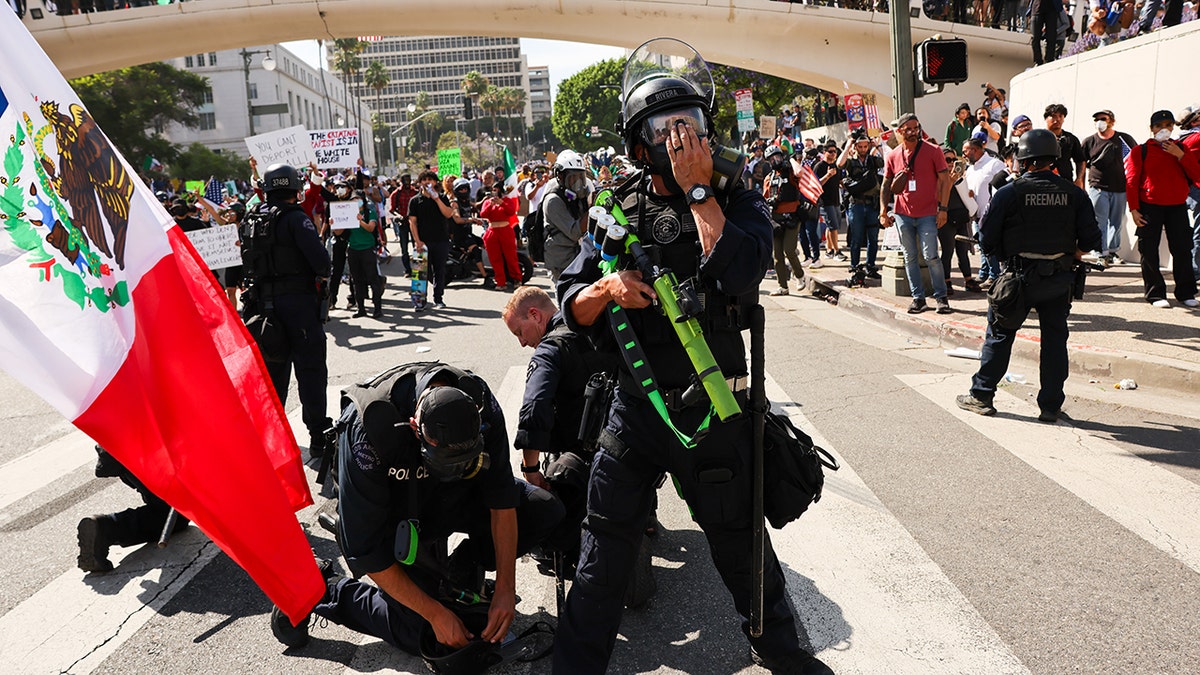
Protesters face off with police outside a federal building in downtown Los Angeles for an anti-Trump “No Kings Day” demonstration June 14, 2025. (Spencer Platt/Getty Images)
 Implications:
Implications:
1. Legal Consequences for the Accused
Yuriana Calderon now faces up to 10 years in prison—five for conspiracy and another five for making false statements. This case sets a precedent for how the Department of Justice responds to deliberate misinformation campaigns that exploit immigration tensions. If convicted, she could also face deportation proceedings and permanent bans on legal entry to the U.S.
2. Public Trust in Real Victims Erodes
By fabricating a dramatic kidnapping story, Calderon may have harmed the credibility of genuine asylum seekers and victims of immigration abuse. Her actions risk casting doubt on future claims of mistreatment, making it harder for real victims to get help or be believed by authorities, nonprofits, or the public.
3. Damage to Federal Law Enforcement Reputation
The hoax was designed not only to raise funds, but also to slander ICE agents, portraying them as rogue abductors operating outside the law. While the story was false, it spread rapidly and caused real reputational damage. Homeland Security Investigations (HSI) condemned the falsehood, warning that such claims divert resources from critical operations like human trafficking interdiction and fentanyl seizures.
4. Political Blowback and Media Accountability
Local politicians—most notably Los Angeles Mayor Karen Bass—amplified Calderon’s story without verifying it. The incident has reignited debates about the responsibility of public officials and media outlets to vet claims before using them to shape public opinion or policy. Critics say this incident highlights how quickly narratives can spiral into misinformation, especially in politically charged environments.
5. Exploitation of Crowdfunding Platforms
The GoFundMe campaign launched alongside the hoax underscores how sympathy-driven fundraising can be abused. While the platform eventually removed the fundraiser, it had already received national attention and donations. This may lead to tighter verification rules or calls for oversight on similar campaigns involving legal claims or high-profile news stories.
6. Fuel for Polarization
The hoax further inflames the ongoing immigration debate in the U.S., with conservatives citing it as proof of open-border abuses and media bias, while some on the left may worry it undermines real calls for reform. It risks deepening public cynicism, especially among voters already skeptical of immigration enforcement or mainstream narratives.
Family, friends, and community members of Calderon during a Los Angeles, California, on June 30, 2025.REUTERS
Calderon is seen on surveillance footage walking around after her family claimed she had been kidnapped.KTLA 5
Agents located Calderon in a shopping plaza parking lot in Bakersfield on July 5.KTLA 5
 Overall Takeaway:
Overall Takeaway:
The case of Yuriana Calderon is more than just a personal deception—it’s a cautionary tale about how misinformation, when fueled by emotion and amplified by media and political figures, can spiral into national controversy. What began as a fabricated story of federal abuse quickly became a viral moment, raising money, drawing outrage, and casting suspicion on law enforcement without a shred of truth. Now, as federal charges move forward and the facts settle in, the fallout stretches far beyond one woman.
It calls into question how society responds to sensational stories, how easily public trust can be manipulated, and how vital it is to verify before amplifying. For law enforcement, policymakers, and digital platforms, the hoax underscores the urgent need for accountability and discernment in an era where narratives often travel faster than the truth. And for the public, it’s a reminder: not every viral story is what it seems—and some can do real harm when we don’t ask hard questions first.





Be the first to comment